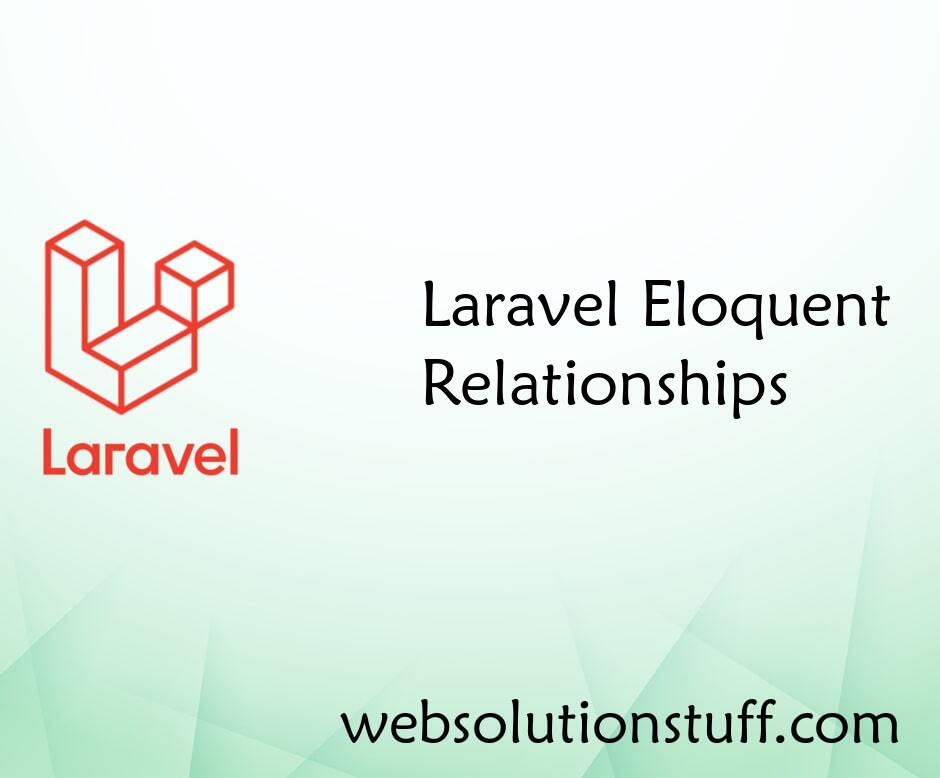

I stumbled on this Reddit thread about it. This issue really bothered me when I started building Ymir. Regardless of which you choose, you end up with something that doesn’t feel quite right. But again, this is inconsistent with the rest of PHP. Now, you could define the relationship methods using snake case.

That said, if you do that, then you need to use camel case to access the related model(s) like this $model->relationshipModel. These methods should use camel case to be consistent with PHP coding standards. In Laravel, we define relationships between models using methods. Things get messy once we add relationships.

This is already a bit different from your standard PHP coding standard, but that’d be ok if it were consistent. So you access them by doing $model->column_name. Well, to begin, the convention in Laravel is for all database columns to be snake cased.

One of those is the inconsistency between the use of “ snake_case” and “ camelCase)” with model attributes. That said, not every is the same and there can be little things that bother more OCD developer types like me. There’s so much thought put into developer happiness and it shows! That’s why it’s so popular. For any predefined migration we are given an auto incrementing id column and a timestamps columns.Working with Laravel is often a wonderful and refreshing experience. The file we are interested in is the latter as it is this file that we can decide what we want the table to look like and include. In the database folder: database/migrations/timestamp_creat_cats_table.php.You would chose to create without migration if you already had a cats table or did not want to create one at this time.įor this example we want to create a migration because we don't already have a table so would run the following command. Say for example you wanted to create a model for your Cats, you would have two choices, to create with or without a migration. In addition, if you wish to add a migration later, after making the model, you can do so by running: php artisan make:migration Note that you will have to run the migration (once you have set up the migration file) in order for the model to start working by using php artisan migrate from project root This does not-by default-include anything other than the id and created_at/ updated_at columns, so you will need to edit the file to provide additional columns. The database migration PHP file is located by default in database/migrations/. In addition to creating the model, this creates a database migration that is hooked up to the model. If you want to create a migration file along with your Model, use the following command, where -m will also generate the migration file: php artisan make:model -m php, and will contain all the boilerplate for your new model, which includes the class, namespace, and using's required for a basic setup. This will create a new PHP file in app/ by default, which is named. The default location for models is the /app directory.Ī model class can be easily generated by the Artisan command: php artisan make:model Model classes must extend Illuminate\Database\Eloquent\Model.
#Laravel eloquent create does not fill in properties windows#
Naming Files when uploading with Laravel on Windows.Deploy Laravel 5 App on Shared Hosting on Linux Server.Change default routing behaviour in Laravel 5.2.31 +.


 0 kommentar(er)
0 kommentar(er)
